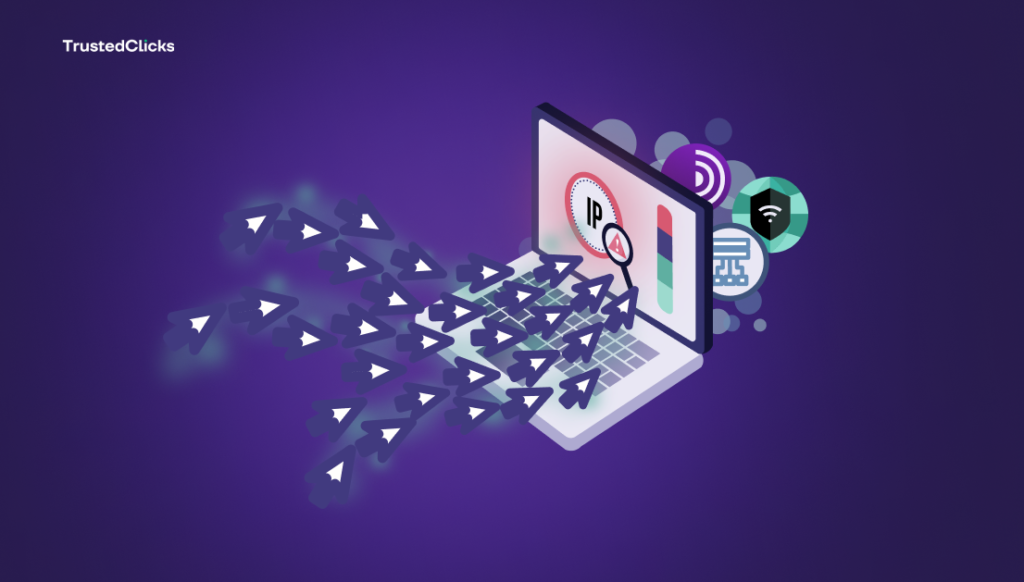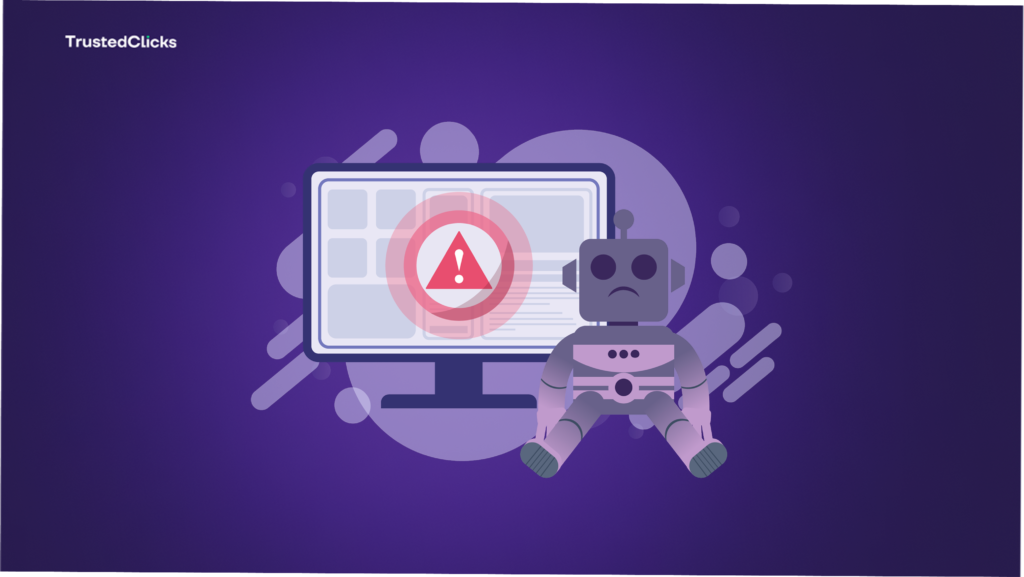- Website security
The Hidden Crime Lurking in Your Network


What Is IP Address Fraud?
Every device connected to the internet has an IP address—a unique string of numbers that acts like a digital fingerprint, identifying its location and enabling communication across networks. Think of it as your device’s mailing address in the online world. IP address fraud occurs when cybercriminals manipulate, spoof, or hijack these addresses to disguise their identity, bypass security measures, or exploit vulnerabilities for profit.
This isn’t a new phenomenon, but its sophistication has grown alongside the internet’s evolution. From the early days of simple IP spoofing to today’s complex schemes involving proxy servers, VPNs, and botnets, fraudsters have turned a technical loophole into a multi-billion-dollar underground industry.
The Many Faces of IP Address Fraud

IP address fraud isn’t a one-trick pony—it wears many masks, each more cunning than the last. Let’s explore some of its most common manifestations:
Ad Fraud: The Click That Never Was
Imagine you’re an advertiser pouring money into a digital campaign. You’re thrilled to see thousands of clicks rolling in—until you realize they’re fake. Fraudsters use spoofed IP addresses to simulate human traffic, racking up impressions and clicks that drain advertising budgets. Bots masquerading as legitimate users, each with a forged IP, can generate millions in illicit revenue, leaving businesses none the wiser.
Account Takeovers: The Imposter’s Key
Ever wondered how hackers seem to log into accounts from halfway across the globe? By masking their IP addresses with proxies or stolen credentials, they bypass geographic restrictions and multi-factor authentication. This lets them slip into your email, bank account, or streaming service unnoticed, often leaving chaos in their wake.
Content Piracy: Stealing in the Shadows
Streaming platforms and digital publishers rely on IP-based restrictions to enforce licensing agreements. Fraudsters circumvent these by spoofing IPs to access region-locked content or distribute pirated material. That movie you thought was safely behind a paywall? It’s being streamed illegally thanks to a hijacked IP address.
DDoS Attacks: The Network Nightmare
Distributed Denial of Service (DDoS) attacks flood servers with traffic to knock them offline. Spoofed IP addresses make it nearly impossible to trace the source, turning a barrage of requests into a digital smokescreen. Small businesses and major corporations alike have crumbled under the weight of these assaults.
E-commerce Scams: The Phantom Shopper
Online retailers face a growing threat from fraudsters using fake IPs to place orders with stolen credit cards. By routing their activity through multiple IP addresses, they evade detection, leaving merchants with chargebacks and lost inventory.
How Does It Happen?
The mechanics of IP address fraud are both simple and devilishly clever. At its core, it exploits the trust inherent in how the internet was designed. When you send a request online—say, to load a webpage—your IP address tags along as part of the handshake. Fraudsters intercept or mimic this process using tools like:
- Proxy Servers: Acting as middlemen, proxies relay traffic through a different IP, hiding the user’s true location.
- VPNs: While legitimate for privacy, VPNs can be abused to cloak malicious activity.
- Botnets: Armies of compromised devices, each with its own IP, amplify the scale of fraud.
- IP Spoofing: By forging packet headers, attackers trick systems into thinking they’re someone else entirely.
These methods thrive in a world where IP addresses are often treated as a reliable marker of identity—when, in reality, they’re anything but.
The Ripple Effect: Why It Matters
You might be thinking, “This sounds like a problem for tech giants or cybersecurity nerds—how does it affect me?” The truth is, IP address fraud casts a wide net, and its ripples touch us all.
For individuals, it’s the creeping unease of knowing your data isn’t as secure as you thought. That targeted ad you saw? It might be based on fraudulent activity tied to your network. For businesses, the stakes are even higher. A single breach fueled by IP fraud can erode customer trust, tank revenue, and invite regulatory scrutiny. Globally, it undermines the internet’s infrastructure, making it harder to distinguish friend from foe in an already crowded digital space.
Consider the numbers: Ad fraud alone is projected to cost businesses over $100 billion annually by 2025, according to industry estimates. Meanwhile, the rise of remote work and IoT devices has exponentially increased the number of IP addresses in circulation—each a potential target.
Fighting Back: Can We Stop It?
The good news? We’re not defenseless. The bad news? There’s no silver bullet. Combating IP address fraud requires a multi-pronged approach, blending technology, vigilance, and cooperation.
- For Individuals:
- Use strong, unique passwords and enable two-factor authentication to limit account takeover risks.
- Be cautious with public Wi-Fi—unsecured networks are prime hunting grounds for IP hijackers.
- Monitor your online accounts for suspicious activity tied to unfamiliar locations.
- For Businesses:
- Deploy advanced fraud detection tools that analyze behavior patterns beyond just IP addresses.
- Leverage geolocation data and machine learning to flag anomalies in real time.
- Educate employees about phishing and other entry points for IP-related attacks.
- For the Tech Community:
- Innovate protocols that reduce reliance on IP addresses as a sole identifier.
- Collaborate across industries to share threat intelligence and blacklist known bad actors.
Governments, too, have a role to play. Stricter regulations on data privacy and cybersecurity could deter fraudsters, though enforcement remains a challenge in the borderless realm of the internet
A Call to Awareness
IP address fraud may not grab headlines like ransomware or data breaches, but its quiet persistence makes it no less dangerous. It’s the termite in the foundation of our digital lives—gnawing away until the structure weakens. By understanding its tactics and taking proactive steps, we can shine a light on this hidden crime and reclaim control of our networks.
So, the next time you log on, spare a thought for that unassuming string of numbers tying you to the web. It’s more than just an address—it’s a battleground. And in this fight, knowledge is our best weapon.
What do you think? Have you encountered signs of IP address fraud in your own digital travels? Share your story—because in this networked world, we’re all part of the solution.
Unveiling the Invisible Threat
As we navigate the ever-expanding digital frontier, IP address fraud remains a stealthy adversary—one that thrives in the shadows of our interconnected lives. It’s a crime that doesn’t announce itself with fanfare but chips away at the trust and security we’ve built into our online systems. From draining advertising budgets to compromising personal accounts, its impact is both subtle and profound, a reminder that even the smallest components of our digital infrastructure can become tools of exploitation.
Yet, this is not a story of defeat. Awareness is the first step toward resilience. By recognizing the signs of IP address fraud and embracing proactive defenses—whether through smarter technology, sharper vigilance, or collective action—we can turn the tide against this hidden menace. The internet, for all its flaws, remains a marvel of human ingenuity, and it’s up to us to protect it.
So, as you close this tab and return to your digital routine, carry this knowledge with you. That string of numbers tying your device to the web isn’t just a technical detail—it’s a gateway, a vulnerability, and a call to action. Together, we can expose the crime lurking in our networks and ensure the online world remains a place of opportunity, not exploitation. The fight starts with us—right here, right now.
Frequently Asked Questions
What exactly is IP address fraud, and why should I care ?
IP address fraud occurs when malicious users hide their true identity using fake or masked IP addresses (like proxies or VPNs) to exploit your website. This can lead to fake traffic, account abuse, scams, or even DDoS attacks. As a website owner, it matters because it threatens your revenue, security, and user trust. TrustedClicks helps you stop it before it spirals out of control.
How does TrustedClicks detect IP address fraud ?
TrustedClicks uses advanced algorithms, real-time IP analysis, and machine learning to return an IP fraud scorecfor you to identify suspicious patterns—like proxy usage, unusual traffic spikes, or repeat offenders. It goes beyond basic IP checks to unmask even the trickiest fraud attempts, giving you clear, actionable insights to block threats instantly.
Will TrustedClicks slow down my website ?
Not at all! TrustedClicks is designed to work seamlessly in the background, integrating with your site without impacting load times or user experience. It’s lightweight, efficient, and built to protect without adding complexity.
Do I need technical expertise to use TrustedClicks ?
No tech skills required! TrustedClicks is built for simplicity—whether you’re a solo blogger or a large e-commerce owner. Setup is straightforward with step-by-step guidance, and the dashboard provides clear, jargon-free insights into IP address fraud. You get powerful protection without needing to be a cybersecurity expert.
Table of Contents
Join our community!
Subscribe to our newsletter for the latest updates, exclusive content, and more. Don’t miss out—sign up today!
Recent Posts

The Role of IP Geolocation in E-commerce and International Marketing
- 7 mins read

What Are The Differences Between Click Fraud and Invalid Clicks
- 4 mins read

Malicious IPs on the Loose: How to Spot and Stop Them in Their Tracks
- 8 mins read



